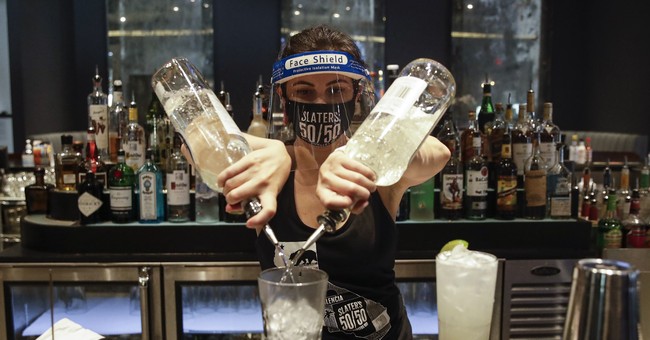
As we’ve noted previously and on numerous occasions, this pandemic has brought out the worst in our leftist elected officials. They’ve tried to define precise products that are considered “essential” (car seats, vegetable seeds, and guns and ammunition are out), which types of protests are covered by the First Amendment (hint, not protests against government overreach), and prohibited people from traveling between homes they own.
When it comes to the contest for 2020’s Most Ridiculous Regulatory Dictate Masquerading as a Public Health Order, California’s latest advisory for bars might be the gold medal winner. After all, when is it in the interest of public health for an already-obese population to eat more?
Only in 2020, and only when a tyrannical governor wants to throw his weight around.
Currently, all bars, breweries, brewpubs, distilleries, and clubs in the state are limited to outdoor operations and only “if they are offering sit-down, outdoor, dine-in meals” and can only sell alcohol in the same transaction as a meal. The establishment can offer the meal through a meal provider who is “regularly engaged in the business of preparing and offering bona fide meals for sale to the public,” such as a traditional restaurant, a fast-food restaurant, or a food truck.
As I covered last week, this is yet another hoop that business owners who are already struggling have to jump through in order to re-open and bring their employees back. (And, shockingly, it doesn’t apply to wineries like those in Gavin Newsom’s Napa County portfolio). They’re doing the best they can, but it’s still not good enough for Newsom, who felt the need to have the Department of Alcoholic Beverage Control (ABC) issue an advisory defining what constitutes a “meal” (emphasis added):
Given the tremendous variety of foods available at the many different licensed premises, this definition provides necessary flexibility to look at the totality of the circumstances in determining whether or not the food service provided by a licensee is a legitimate offering of meals in a bona fide manner. In evaluating this, the Department generally looks at the various menu offerings, availability during typical meal hours, and whether the food offered is served in a reasonable quantity and what a reasonable person might consider to be a meal consumed at breakfast, lunch, or dinner. For example, although multiple courses are not required to constitute a meal, in order for the patron to be served a meal there should be a sufficient quantity that it would constitute a main course in a multiple-course dining experience.
So the owners of the affected establishments are now supposed to determine what a reasonable quantity of food is and what foods a reasonable person “might” consider appropriate to consume at breakfast, lunch, or dinner? And if they don’t get it right, they can lose their license to sell alcohol?
Even then, the Advisory just says that the Department “generally looks at the various menu offerings” to determine whether the food service provided constitutes a “legitimate offering of meals in a bona fide manner.” There’s quite a bit of leeway there.
Fortunately for everyone, the Department decided it was easier to outline what does not constitute a bona fide meal – in an ethnically diverse way, of course:
The Department will presume that the following, and offerings similar to them, do not meet the meal requirement:
- Snacks such as pretzels, nuts, popcorn, pickles, and chips
- Food ordinarily served as appetizers or first courses such as cheese sticks, fried calamari, chicken wings, pizza bites (as opposed to a pizza), egg rolls, pot stickers, flautas, cups of soup, and any small portion of a dish that may constitute a main course when it is not served in a full portion or when it is intended for sharing in small portions
- Side dishes such as bread, rolls, French fries, onion rings, small salads (green, potato, macaroni, fruit), rice, mashed potatoes, and small portions of vegetables
- Reheated refrigerated or frozen entrees
- Desserts
So if a reasonable person believes egg rolls are a great breakfast food and wants to eat 10 of them, that’s not okay? And small portions of vegetables are lumped in with desserts? People have to order an entire meal instead of eating 2,000 calories of chicken wings or pizza bites while they down a few cold ones?
What’s next? Requiring licensees to force-feed their customers to ensure they actually eat the food they’re forced to buy? Wait, don’t answer that.
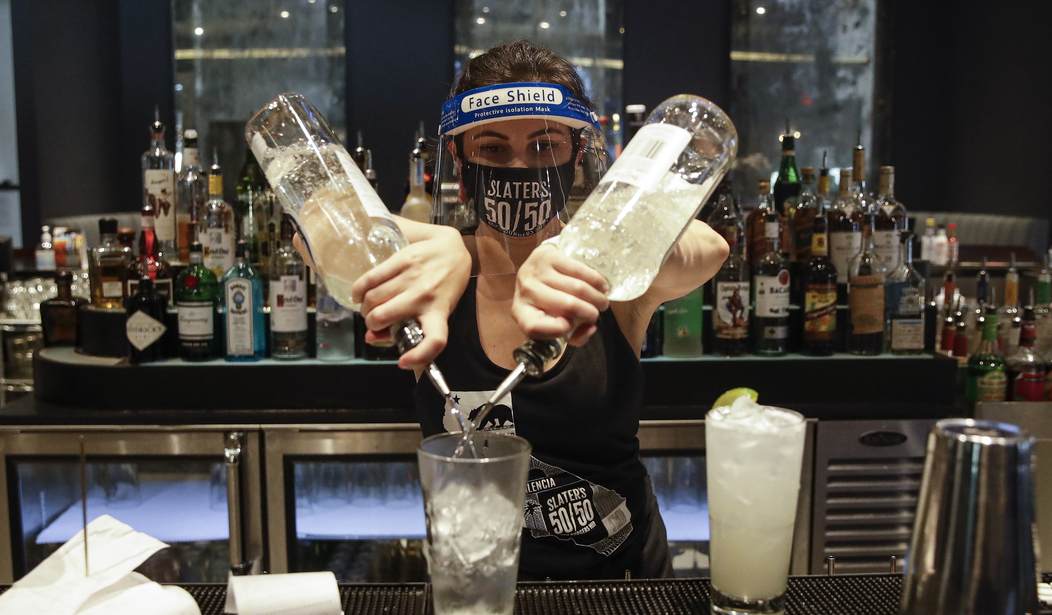


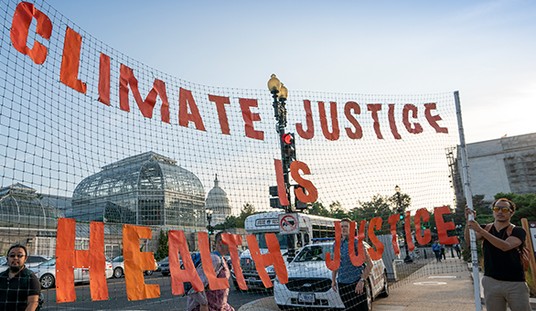





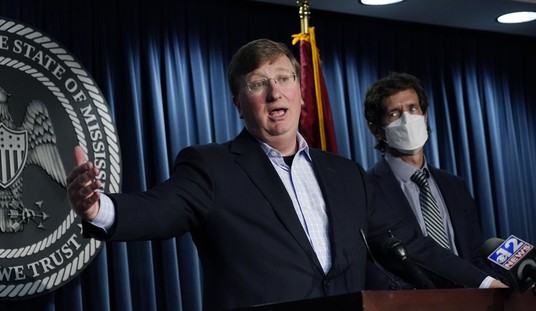

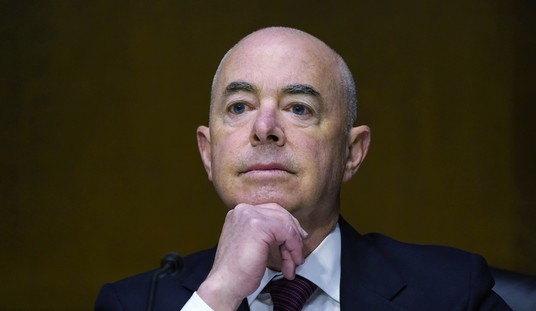
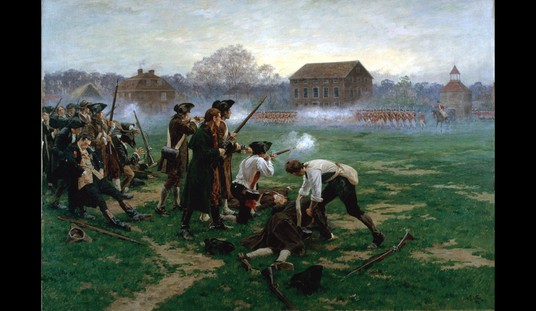

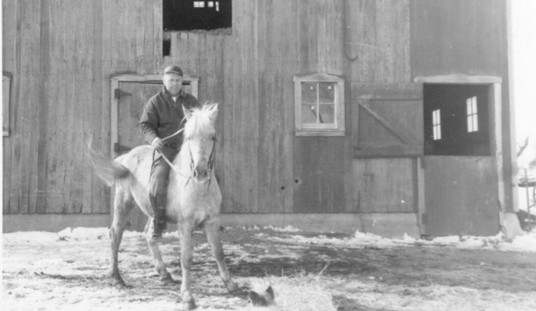
Join the conversation as a VIP Member